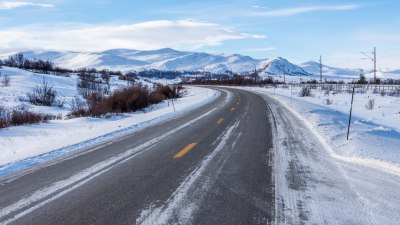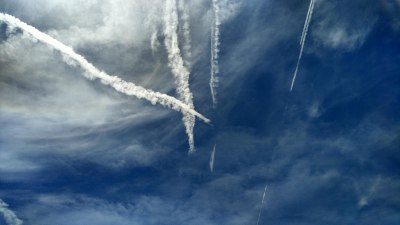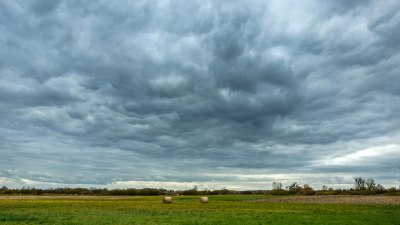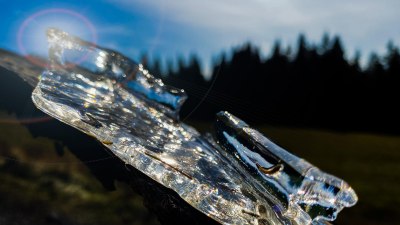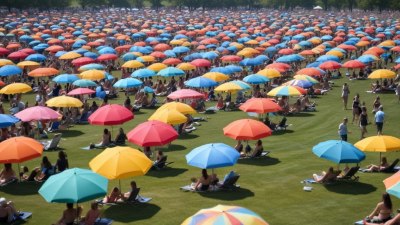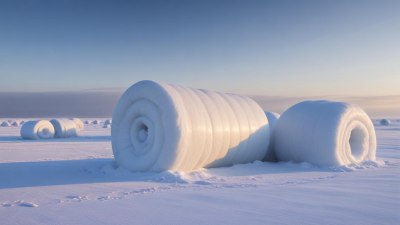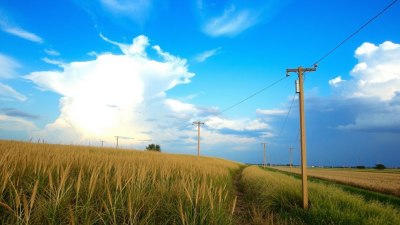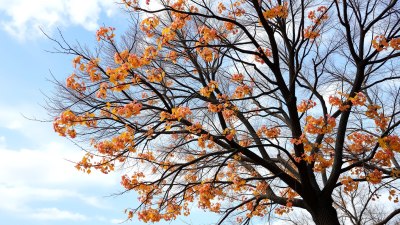What Triggers a Cold Snap After a Warm Spell
Explore the meteorological causes behind sudden cold snaps following warm spells and understand how atmospheric patterns influence rapid temperature shifts.
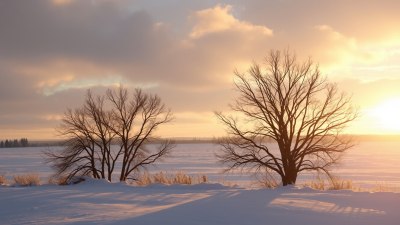
Image created with Flux Schnell
Sudden temperature drops after periods of warmth, known as cold snaps, often puzzle many observers. These rapid transitions from mild to chilly weather aren't just random anomalies; they result from complex interactions within Earth's atmosphere. Understanding what triggers a cold snap after a warm spell requires delving into meteorology, atmospheric dynamics, and seasonal patterns.
Understanding Weather Patterns and Temperature Fluctuations
Weather and temperature changes are governed primarily by the movement and interaction of air masses, the sun's energy, and Earth's rotation. While warm spells occur when warm air masses dominate a region, cold snaps result from the incursion of colder air masses. These air masses originate from different source regions with distinct temperature and moisture characteristics.
During transitional seasons, such as spring and fall, the atmosphere is especially dynamic. This transitional nature allows for more pronounced swings in temperature as competing air masses contend for dominance. Even in winter, short intervals of warm air brought by southerly winds can be abruptly replaced by cold air from polar or arctic regions.
The Role of Air Masses
Air masses are large volumes of air with uniform temperature and humidity characteristics that develop over source regions like oceans, deserts, or polar areas. When an air mass moves, it can displace the existing air, causing significant changes in local weather conditions.
Warm spells typically result from the arrival of tropical or maritime tropical air masses, which bring higher temperatures and moisture. Conversely, cold snaps follow the intrusion of polar or arctic air masses, usually drier and substantially cooler.
Jet Streams: The Atmospheric Highway
The jet stream is a fast-flowing, narrow air current in the upper atmosphere that plays a crucial role in steering weather patterns. It generally flows from west to east and separates colder polar air to the north from warmer subtropical air to the south.
Shifts in the jet stream's position or strength can cause marked changes in weather. For example, a dip or trough in the jet stream can allow cold polar air to plunge southward, replacing warmer air and initiating a cold snap. Conversely, a ridge in the jet stream lifts warm air northward, producing warm spells.
Blocking Patterns and Sudden Cold Snaps
Sometimes, persistent atmospheric pressure systems cause what's called a blocking pattern. These blocks prevent the normal west-to-east progression of weather systems, causing prolonged spells of certain types of weather.
A blocking high-pressure system may lock warm air in place for days or even weeks. Eventually, if this block breaks down or shifts, it can lead to a rapid invasion of cold air as the jet stream redirects or a powerful cold front passes through, causing the temperature to drop quickly.
Cold Fronts: The Frontline of Temperature Change
Cold fronts are boundaries where a cold air mass pushes under a warmer air mass, forcing the warm air to rise. This process can trigger precipitation and clear temperature contrasts.
When a cold front moves into a region experiencing a warm spell, temperatures can plunge dramatically within hours. The timing and speed of the front determine how abrupt the cold snap feels. Intense cold fronts can deliver sudden chills and significant weather changes, such as snow or strong winds.
Influence of Topography
Local geography can amplify or moderate temperature changes. Mountain ranges, valleys, and bodies of water influence airflow and temperature distribution.
For example, cold air is denser and tends to sink into valleys during clear nights, producing localized cold snaps even after warm days. Conversely, large water bodies retain heat and may delay or moderate the arrival of colder air.
Seasonal Transitions and Solar Angle
The angle of the sun changes throughout the year, affecting how much solar energy a region receives. During late fall and early spring, the solar angle is lower, and daylight hours change rapidly.
These seasonal shifts make the atmosphere more susceptible to fluctuations because the balance between warming and cooling processes is more delicate. Thus, it's common to experience rapid temperature swings, including cold snaps after warm spells, during these periods.
Atmospheric Rivers and Moisture Transport
Atmospheric rivers are narrow corridors of concentrated moisture in the atmosphere that can influence weather by supplying warm, humid air to a region. When an atmospheric river retreats or dissipates, the moisture and heat source can vanish, allowing colder, drier air to move in swiftly.
This transition can contribute to the onset of a cold snap following a warm, moist period. These moisture fluxes often coincide with frontal passages and jet stream shifts.
Climate Oscillations Affecting Cold Snaps
Larger climate phenomena like the North Atlantic Oscillation (NAO), Arctic Oscillation (AO), and El Niño-Southern Oscillation (ENSO) influence atmospheric circulation patterns on regional and global scales.
Positive and negative phases of these oscillations affect the jet stream's typical path and strength, altering the likelihood of cold air outbreaks. For instance, a negative AO phase often corresponds with more frequent and intense cold snaps in mid-latitude regions.
Urban Heat Islands and Their Effect
Urban areas often experience the urban heat island effect, where built-up environments retain more heat than surrounding rural areas. During warm spells, cities can become significantly warmer.
When a cold snap arrives, these areas might cool down more slowly, but eventually, the influence of cold air masses overwhelms the localized warmth, resulting in noticeable temperature drops. The presence of urban heat islands doesn't prevent cold snaps but can moderate their initial impact.
Human Perception Versus Meteorological Reality
People often notice temperature changes more acutely after warm spells because the contrast feels more dramatic. A drop from 75°F to 45°F seems more severe than a temperature falling from 35°F to 10°F.
This perceptual effect can influence how cold snaps are experienced and reported, even when meteorologically similar temperature decreases occur during stable cold periods.
Preparing for Cold Snaps After Warm Periods
Understanding the triggers behind cold snaps helps individuals and communities prepare effectively. Sudden temperature drops can impact agriculture, energy consumption, and health.
Weather forecasting, driven by satellite data and sophisticated models, can anticipate the timing and severity of cold snaps. Being aware of jet stream movements, frontal systems, and atmospheric conditions improves readiness for abrupt temperature changes.
Cold snaps following warm spells result from an interplay of atmospheric dynamics, including the movement of air masses, jet stream patterns, cold fronts, and larger climate oscillations. Local geography and seasonal factors further modulate these transitions.
While warm spells temporarily raise temperatures, they often precede cold air outbreaks when atmospheric conditions shift. Recognizing these triggers helps in understanding and managing the impacts of sudden temperature changes.
